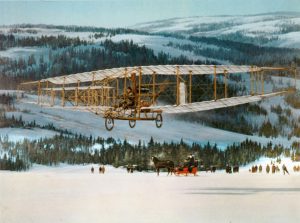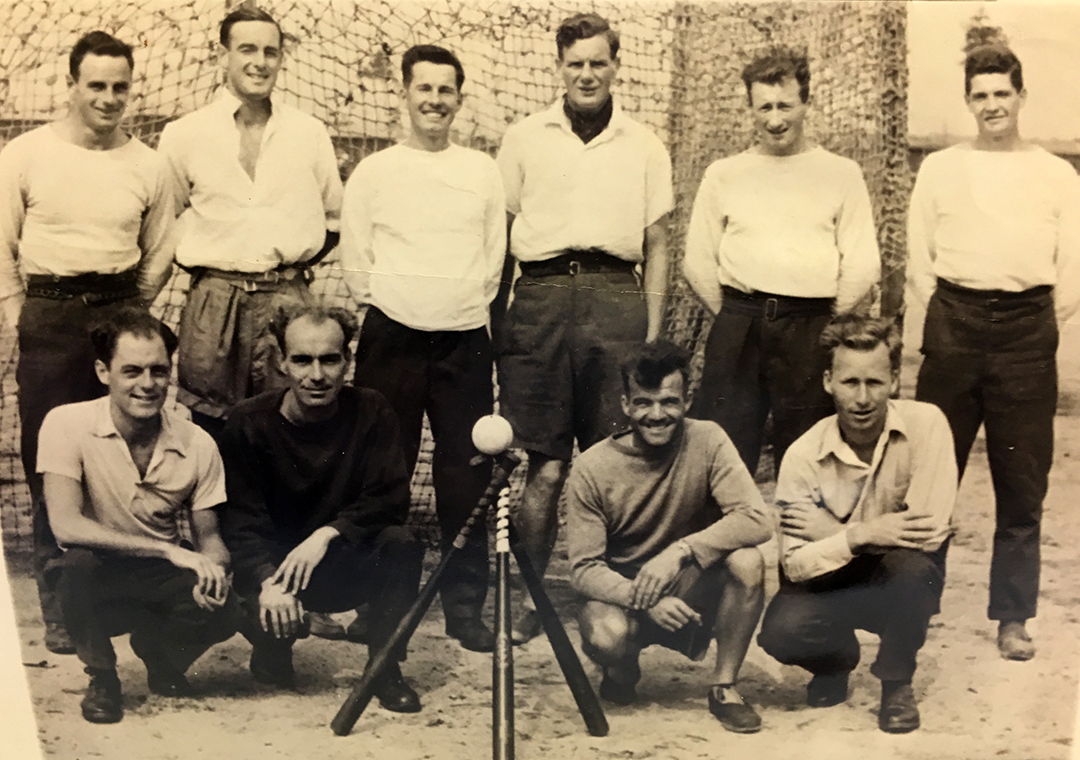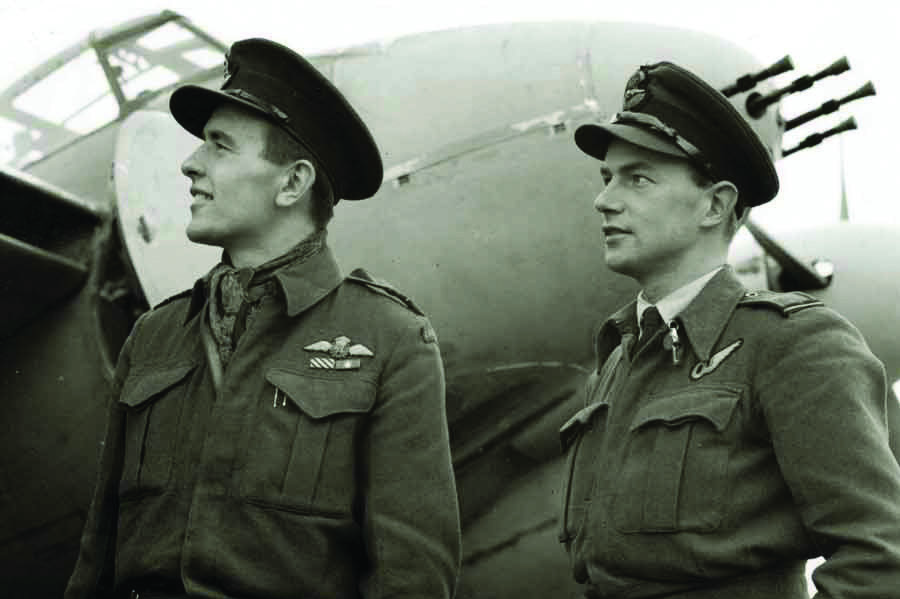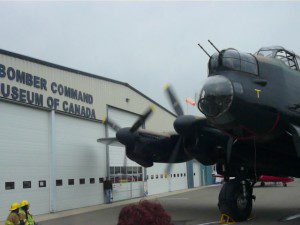
Crowded kiosks inside Terminals 1 and 3 at Pearson. Automated luggage processors. Swamped ticket counters. Endless security lines. Chaotic airline gate waiting areas. Scrambling for carry-on space in overhead bins. And lacklustre service in the air.
None of these places has been a welcoming spot for Canadians flying domestically recently. Indeed, when my wife and I went through all those figurative minefields last weekend, I think the overwhelming question we asked ourselves was:
“Why would anyone actually want to attempt air travel right now?” (more…)




